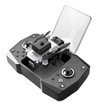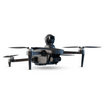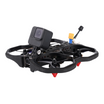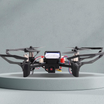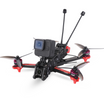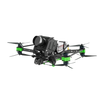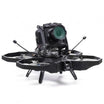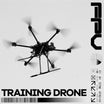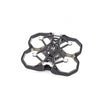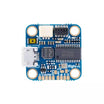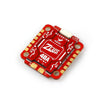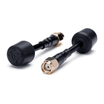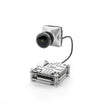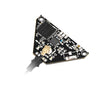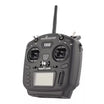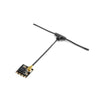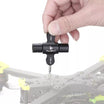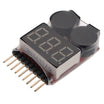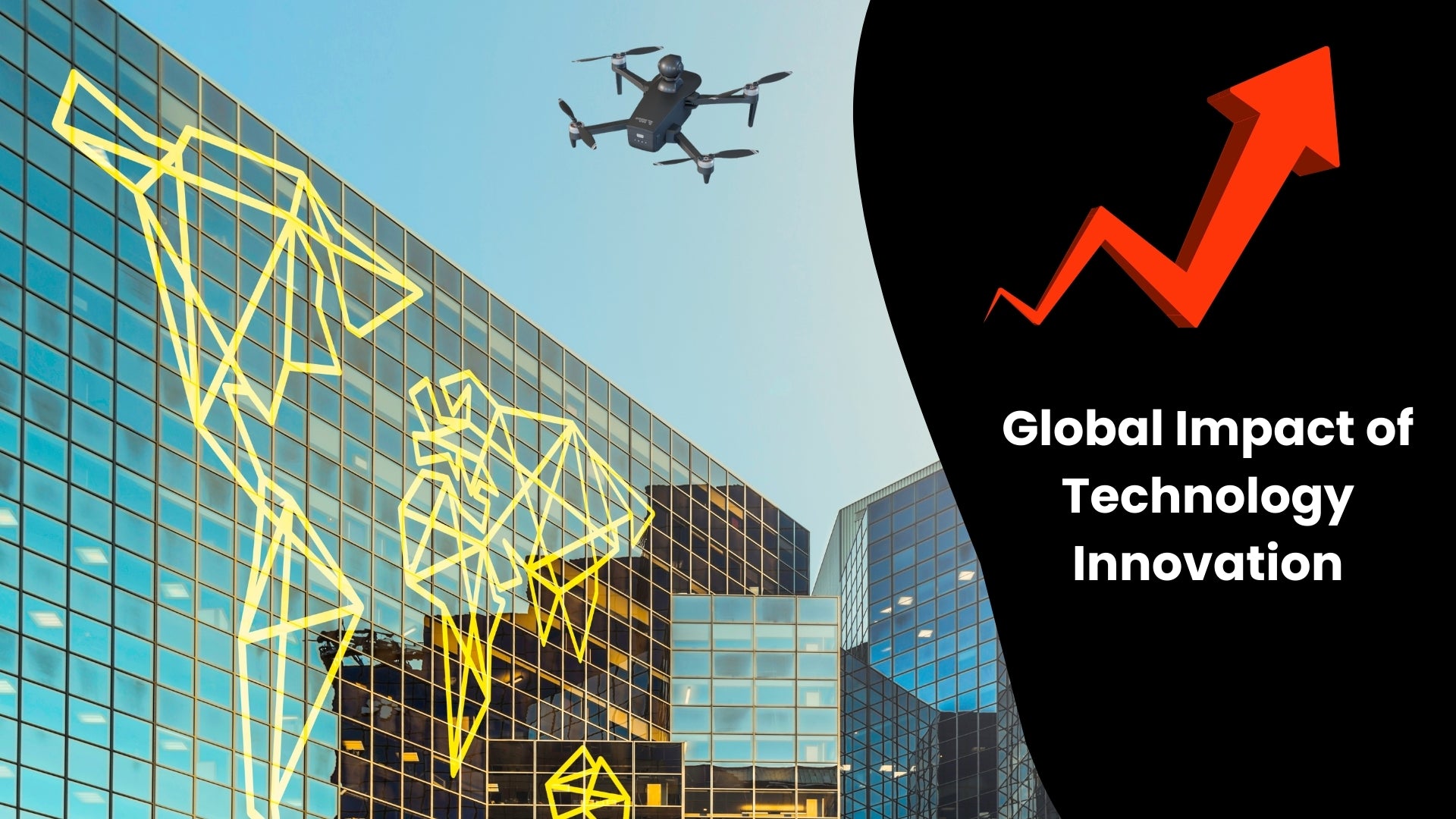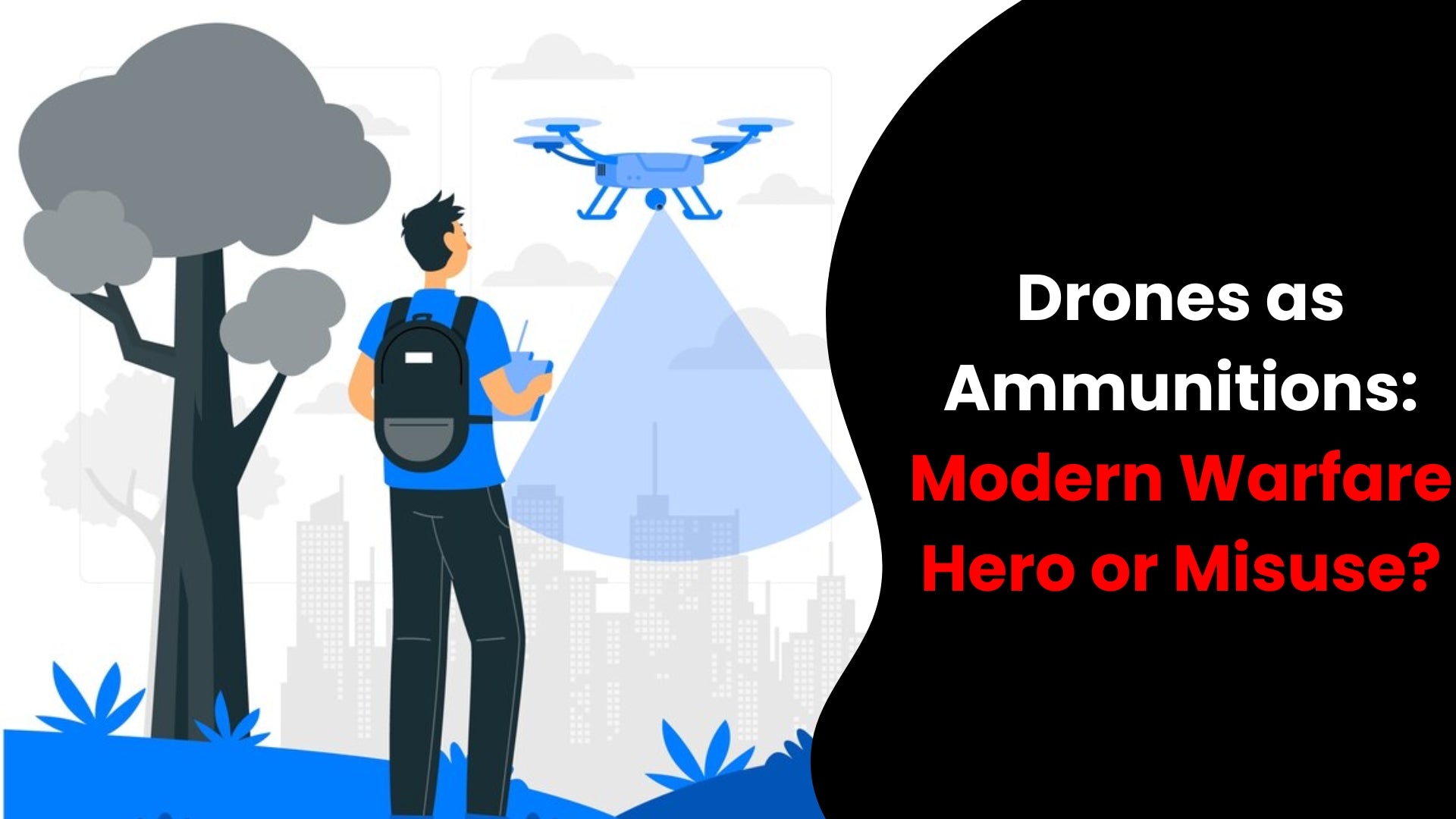Introduction:
Kamikaze drones or commonly known as suicide drones have entered a new era in modern warfare. These unmanned aerial vehicles (UAVs) are designed to carry explosive payloads and autonomously seek out and engage targets with pinpoint accuracy. The rise of kamikaze drones has sparked a heated debate within military circles, challenging traditional warfare methods of combat operations and raising questions about the future role of human pilots. In this comprehensive analysis, we delve into the nature of these lethal drones, their transformative impact on modern warfare, and the implications they hold for the future of manned aviation.
The Essence of Kamikaze Drones
Kamikaze drones, true to their name, are expendable UAVs that sacrifice themselves upon reaching their intended targets. These drones are equipped with advanced sensors, target recognition capabilities, and potent warheads, allowing them to strike with precision while minimizing collateral damage. Unlike traditional bombs or missiles, kamikaze drones can loiter over designated areas for extended periods, actively searching for and engaging targets as they emerge.
Changing the Dynamics of Modern Warfare
The proliferation of kamikaze drones has fundamentally altered the dynamics of modern warfare in several ways:
Precision Strike Capabilities:
With their ability to precisely identify and engage targets, kamikaze drones have raised the bar for accuracy and effectiveness in strike operations. This minimizes the risk of civilian casualties and collateral damage, a crucial consideration in modern conflicts.
Asymmetric Warfare Advantages:
Kamikaze drones have leveled the playing field in asymmetric warfare scenarios, enabling smaller military forces or non-state actors to possess formidable strike capabilities at a fraction of the cost of traditional weapon systems.
Tactical Flexibility:
The loitering and target acquisition capabilities of these drones offer unparalleled tactical flexibility. They can be rapidly deployed, adapt to dynamic battlefield conditions, and strike targets of opportunity with minimal warning.
Weighing the Costs and Benefits
While kamikaze drones undoubtedly offer significant military advantages, their adoption and deployment come with inherent costs and considerations:
Ethical and Legal Concerns:
The use of autonomous or semi-autonomous weapon systems like kamikaze drones raises ethical and legal questions regarding accountability, proportionality, and the potential for unintended consequences.
Proliferation Risks:
As the technology becomes more accessible, the risk of kamikaze drones falling into the hands of non-state actors or terrorist organizations increases, posing significant security threats.
Countermeasures and Defense:
The development of effective countermeasures and defense systems against kamikaze drones will be crucial to mitigate their potential impact on civilian populations and critical infrastructure.
The Future of Human Pilots
The rise of kamikaze drones has sparked debates about the future role of human pilots in modern warfare. While these drones offer significant advantages, they are not perfect or advanced and hence cannot entirely replace the critical decision-making capabilities, adaptability, and strategic thinking of human pilots. However, the integration of kamikaze drones into military operations may necessitate a shift in the roles and responsibilities of human pilots, with a greater emphasis on coordinating and managing drone swarms, as well as maintaining a strong human-machine teaming dynamic.
Conclusion
Kamikaze drones have undoubtedly emerged as game-changers in modern warfare, offering unparalleled precision strike capabilities, flexibility, and precision positioning and striking. However, their adoption and deployment must be carefully weighed against ethical, legal, and security considerations. As the technology continues to evolve, striking the right balance between leveraging the advantages of kamikaze drones and preserving the indispensable role of human pilots will be crucial for ensuring effective and responsible military operations in the future.
FAQs
What are kamikaze drones?
Kamikaze drones are expendable unmanned aerial vehicles designed to carry explosive payloads and autonomously strike targets.
How do kamikaze drones impact modern warfare?
They offer precision strike capabilities, tactical flexibility, and asymmetric warfare advantages, altering the dynamics of combat operations.
What are the concerns with kamikaze drones?
There are ethical, legal, and security concerns regarding accountability, proliferation risks, and the need for effective countermeasures.

